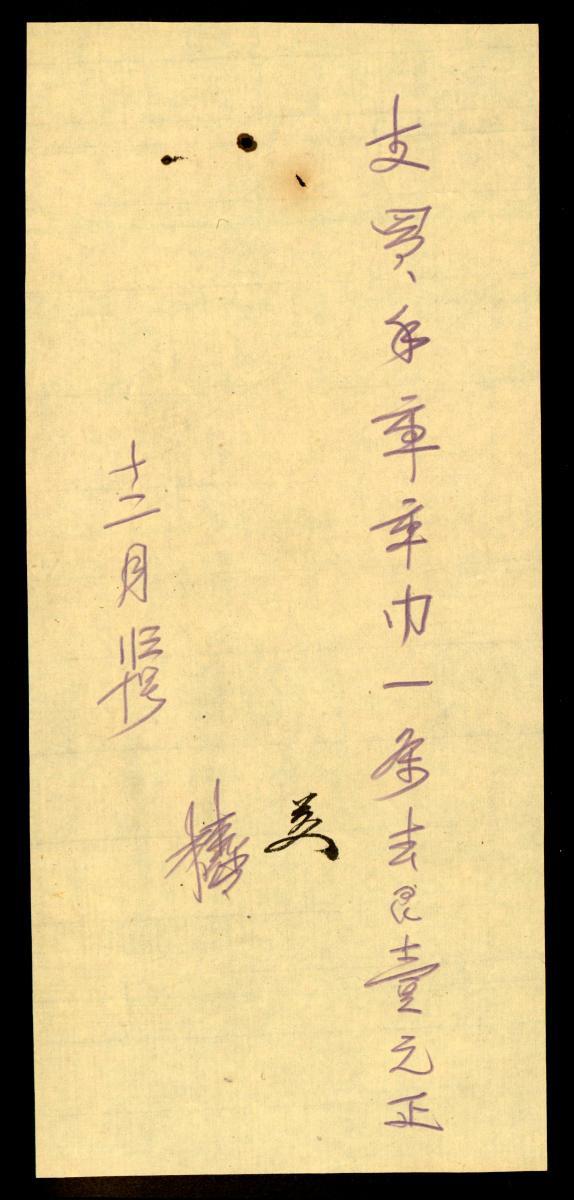This earthenware figure of an attendant is placed on a raised base, typical of pottery tomb figures buried during the Ming dynasty (1368-1644). A green glaze covers the attendant's robe which is fastened with a brown belt. He is also wearing brown trousers and boots.The custom of making ‘mingqi’ or burial wares was an ancient one. It is thought these wares were necessary for the deceased in the next world. Elaborate groups of burial wares were also a display of wealth and social status.This figure would have been buried in the tomb of a man of status and wealth as the items that were buried were a reflection of the way he lived. It also reflects a desire to continue this comfortable way of life in the afterlife by burying models of his servants and horses with him.















